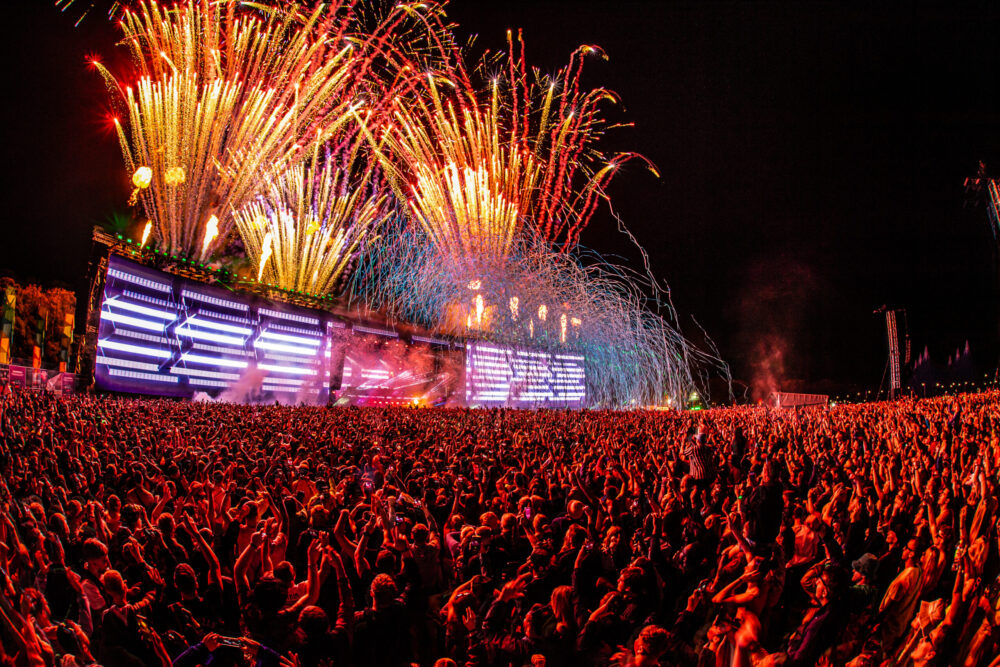
Culture
How a new film showing the real Liverpool 8 was inspired by a 1970’s Don McCullin photo
5 years ago
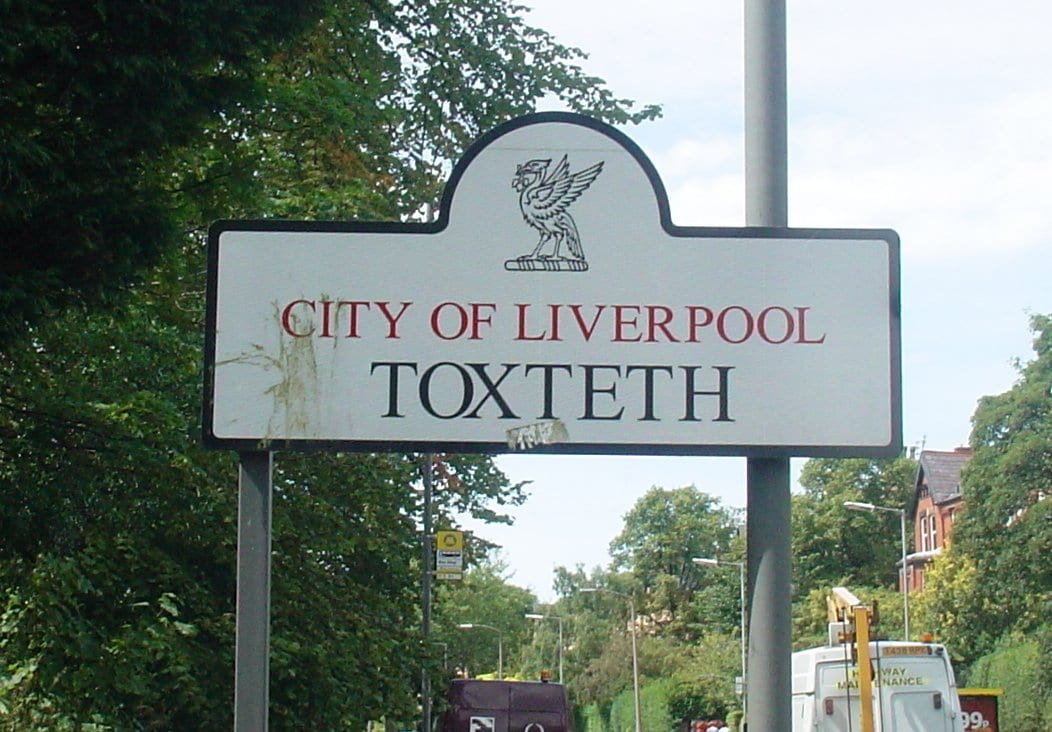
A new film showing the real Liverpool 8 has been made after filmmakers were inspired by a black and white photo from the 1970s.
Daniel Draper and Christie Allanson from Liverpool-based film company Shut Out the Light have created the 90-minute documentary featuring a series of snapshot interviews with people living in the area.
The idea for Almost Liverpool 8 came when Daniel visited an exhibition of photographs by Don McCullin at Tate Britain before it transferred up to Tate Liverpool.
“I was queuing up to see all these photos of abject poverty in London with this very middle-class white clientele all talking about eating supper,” he explains. “When we went past an image of Liverpool 8 I thought, what if these people see this image and think this is my community that I live in now?
“I decided to take one image from 50 years ago – the one on the exhibition poster of a girl jumping over a puddle, taken in L8 in the early 1970s – and use it as a springboard to create a document of what the community is today.”
Working with director of photography Allan Melia, Daniel began by trying to track down the legendary photographer to ask him to take part in the film.

“You’ve always got one eye on how you can raise the profile of the film before you even start shooting it because you don’t want to make something no one watches, so we thought if we could get Don McCullin then that would be great,” says Daniel.
“I sent so many emails to multiple agents but I was having no luck and when I did manage to get a request to him, it was denied. So I started investigating a bit and found out where he lived and I wrote to him saying this is what we’d need and we’ll come to you. Me and Allan actually set ourselves a time limit of three weeks and if he didn’t get that we were just going to go down and knock on his house!
“But he called me, he said he hadn’t realised from the request what we were doing, and he invited us to go down and film him. He told us how much he loves Liverpool and said he’d love to talk about it.”
The filmmakers spent three hours in Don McCullin’s home while he talked about his experiences of the city and his understanding of poverty based on his own childhood experience.
With that interview in the bag, Daniel, Christie and Allan began creating the rest of the film, with Don McCullin’s 1970s image as an inspiration for the subject and for the way their documentary was shot.
“We used that as the spine of the film so then it was just a matter of getting out on the streets and speaking to people and filming, over the course of about nine months. It’s almost like a collection of photographs, that was our approach to it, so the camera doesn’t move at all. It’s static to represent the frame of a photograph.
“We thought about who to interview and some people we’d researched because we wanted to cover certain subjects like poetry and art, other times it was just what we loved about the community ourselves.”
Footage of poet Roger McGough sits alongside the owner of the chicken shop on Granby Street, Park Palace Ponies riding school on Mill Street, Peter Kavanagh’s pub and a local beekeeper who talks about the life lessons people can learn from bees.
“I think our film represents multi-cultural Britain at its finest,” says Daniel. The films we’ve made in the past have been political in theme and this isn’t, but at the same time it’s saying things about the community through the people. You get little glimpses of the personality of the community as a whole.”
Almost Liverpool 8 was completed in January and is now being entered into festivals. It’s already been selected to play in competition at Sheffield Documentary Festival in June.
Through a London distributor, it will be pitched to TV companies and Shut Out the Light are aiming to secure cinema screenings this summer too.
Most of all, Daniel hopes to tell the 2021 version of Liverpool 8 from an inside perspective.
“It doesn’t talk about the history, it doesn’t talk about the future, it’s very much a portrait of people here and now,” he says. “It’s not making a statement saying, ‘this is Liverpool 8, this is the history, this is what we are’ it’s literally the opinion of a wonderful area from people who love living here.
“It’s saying ‘this is our Liverpool 8 and we think you’ll like it’.”


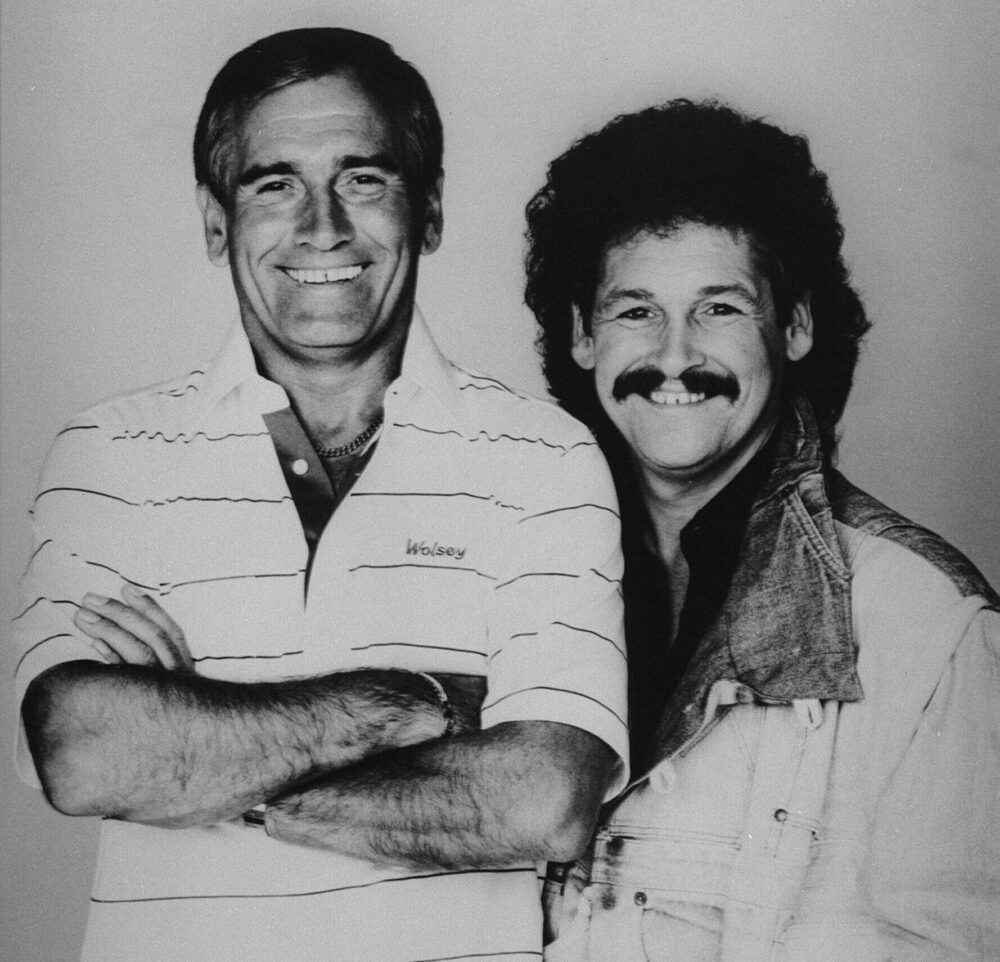
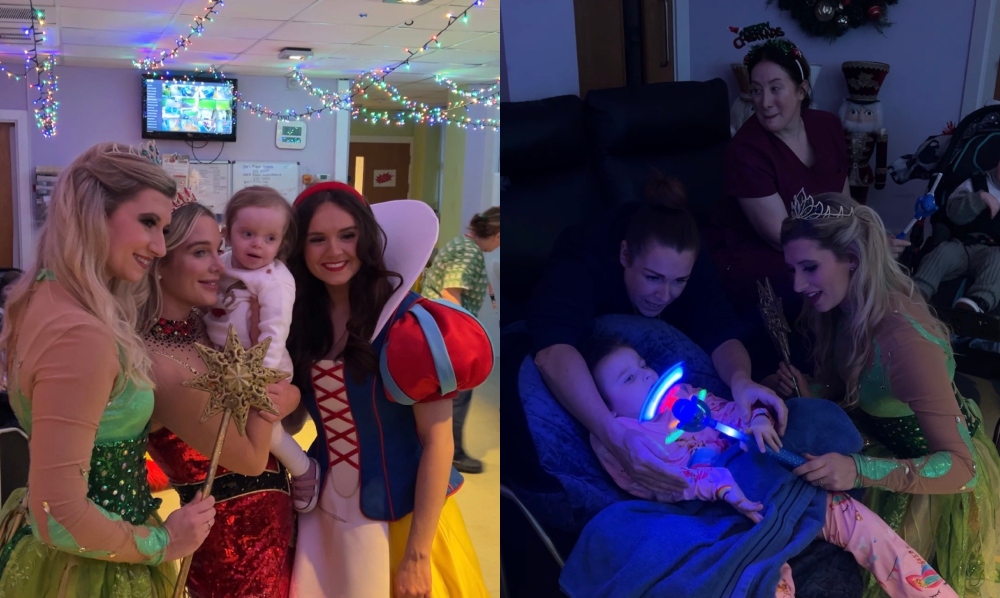
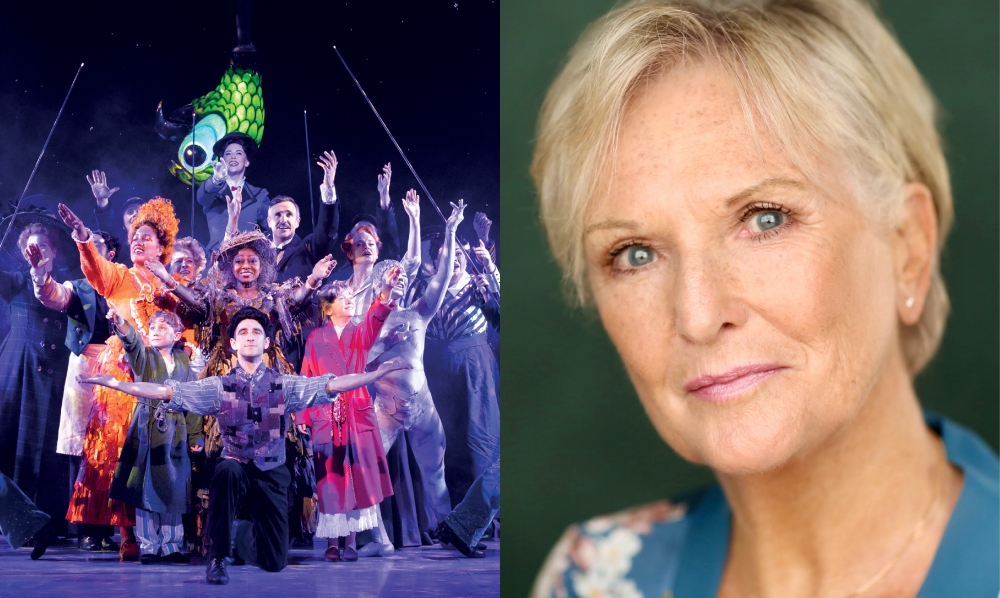
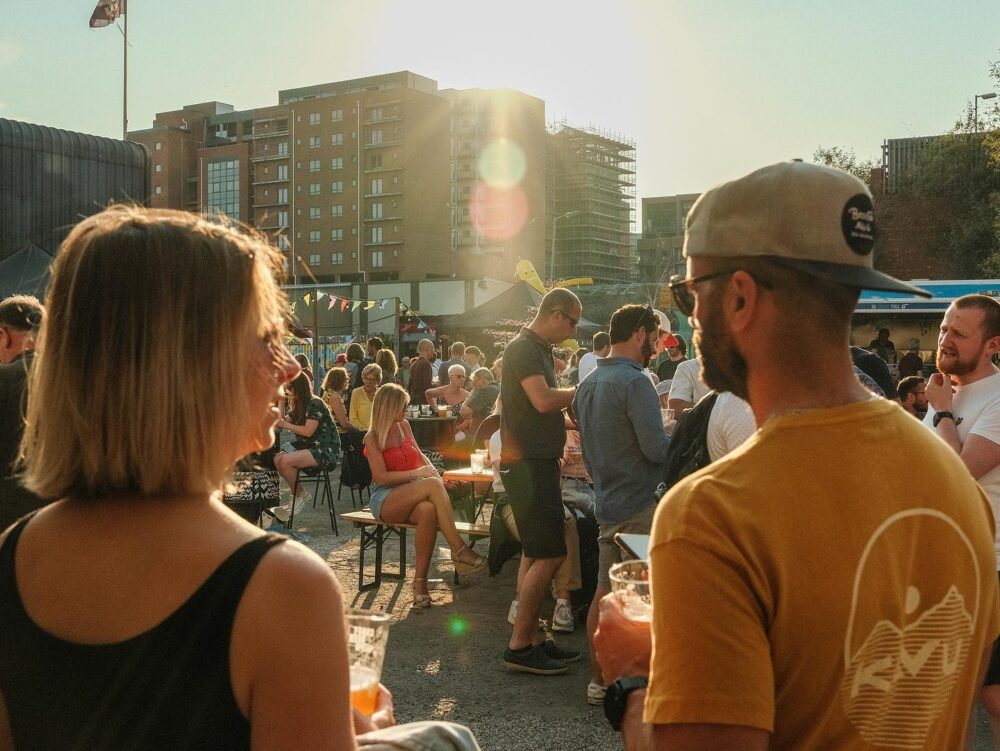

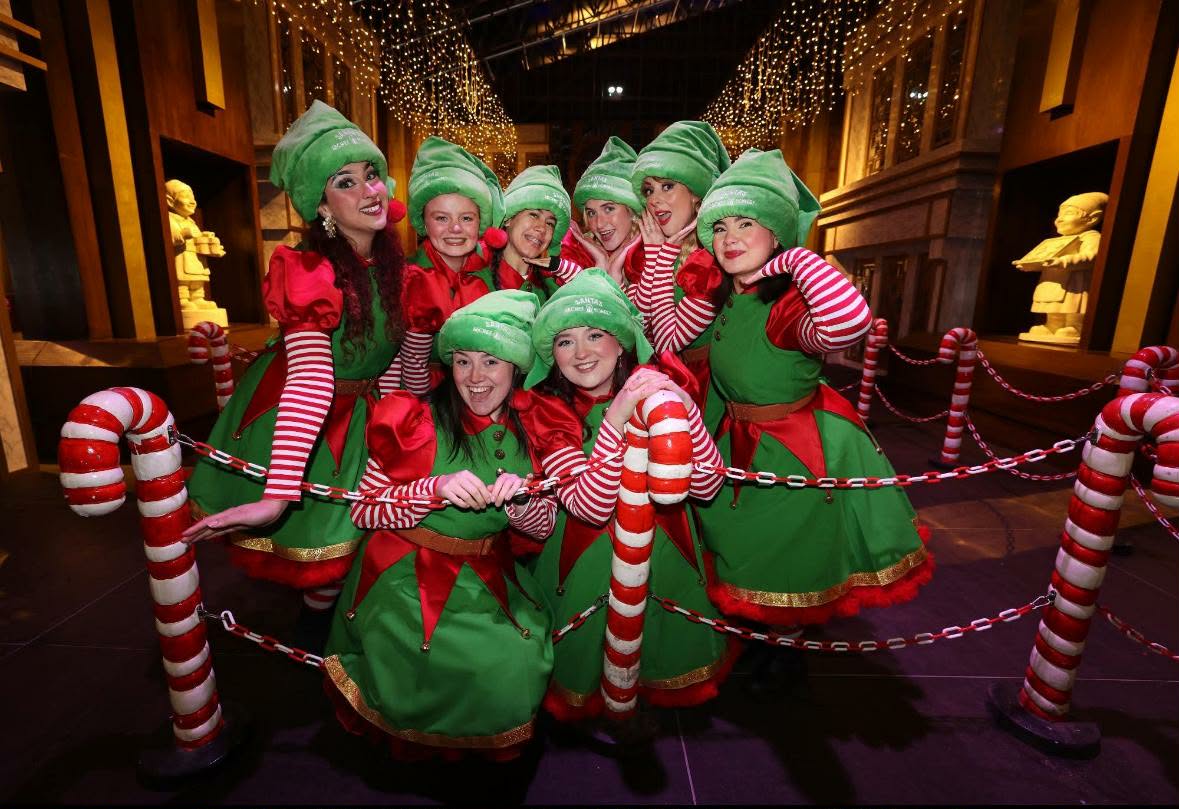

 Subscribe
Subscribe Follow Us
Follow Us Follow Us
Follow Us Follow Us
Follow Us Follow Us
Follow Us Follow Us
Follow Us











